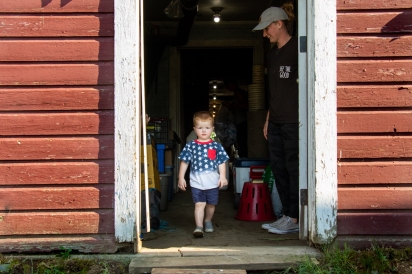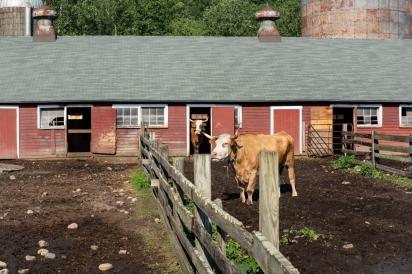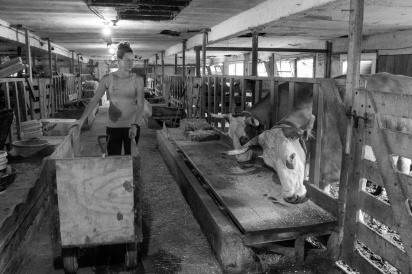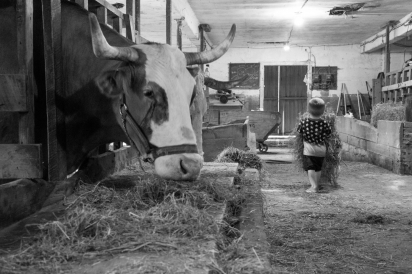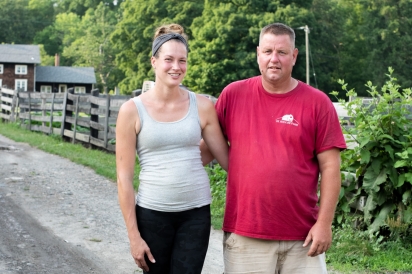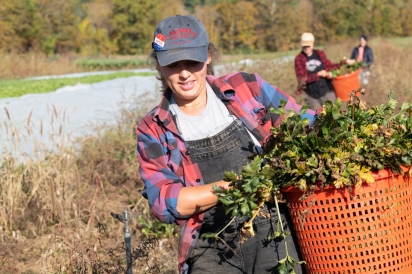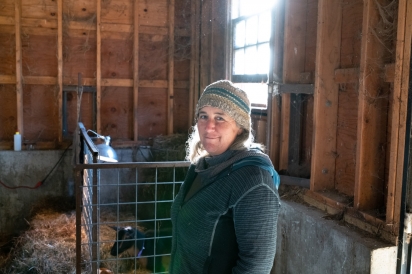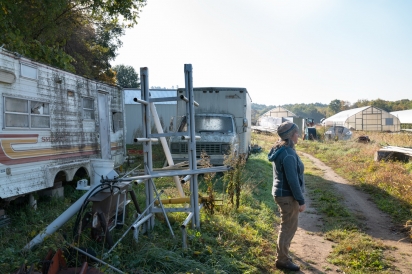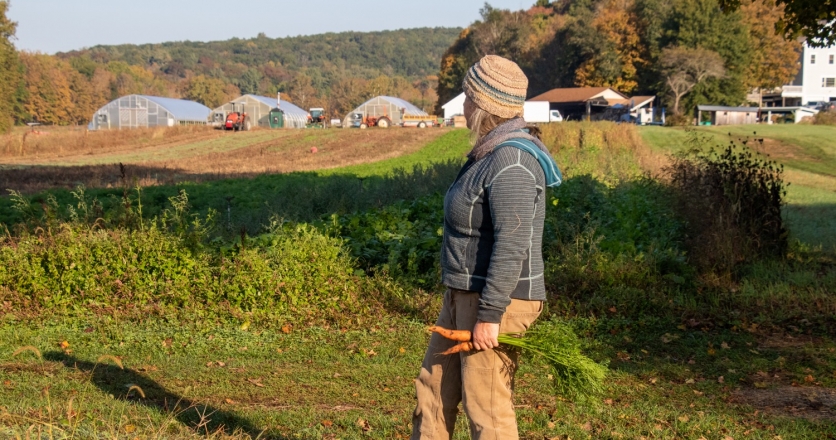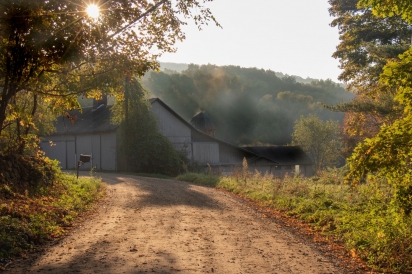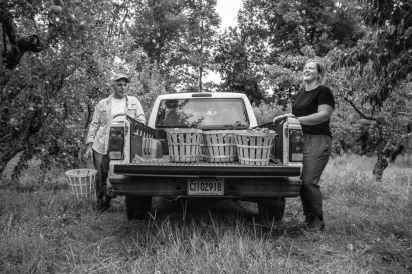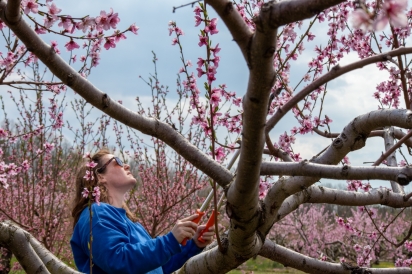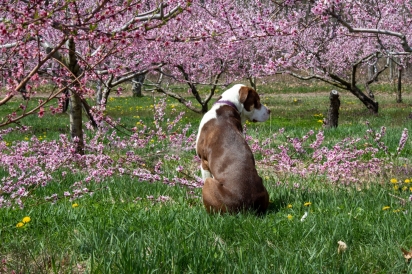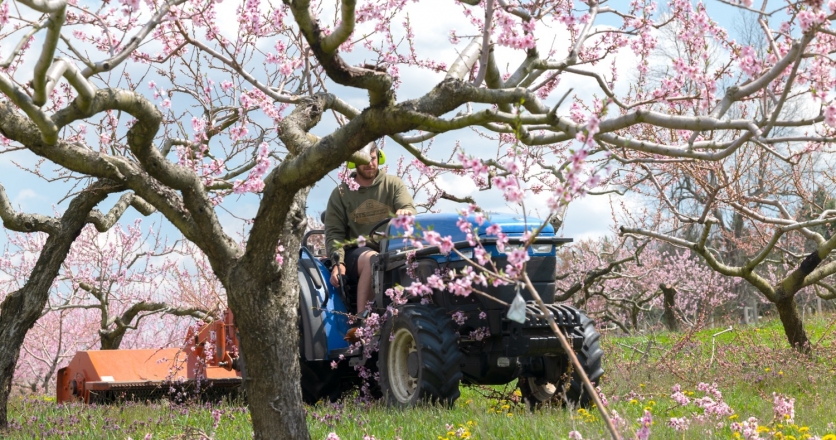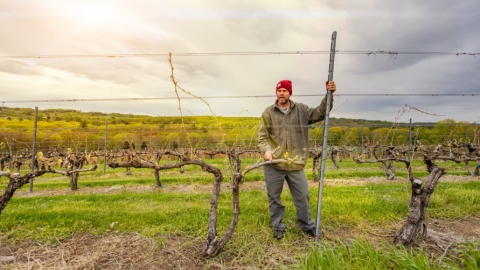#whogrowsyourfood
Farming has been a fundamental part of our civilization for thousands of years. The crops farmers grow and the animals they raise have fed and nourished us, and for most of our history, the farmers, themselves, have been tightly woven into our communities. As recently as 60 or 70 years ago, most communities had personal relationships with their local farmers — when you bought milk or carrots or eggs, you probably bought it from the farmers, themselves, or at least knew who it was that did the work that brought that food to you.
However, with the advent of the Green Revolution in the 1960s — the period in which new farming technologies, seed hybrids, and modern farm machinery massively increased farm production efficiency — that all began to change. Farmers could produce so much food, and so cheaply, that fewer farms were required to meet a community’s food needs. Small, community-based farms slowly consolidated into fewer, larger farms, frequently outside the social and economic sphere of the communities they fed. As time passed, the average person no longer knew who grew the food they were eating; it simply waited for them on a grocery store shelf, bereft of connection to the real humans who grew it and the often difficult process that entailed. Food had become a mere commodity, to be purchased and consumed as needed.
Recent years have found some communities rebelling against this increasingly impersonal food system. Distrust of processes in the food production chain, a desire for healthier (and safer) food, and, perhaps most of all, a yearning for stronger, more interconnected communities have all contributed to a slow reversal of this process. Grocery stores now often label locally-produced food, and here in Connecticut, farmers markets have grown in number and frequency, helping to reconnect consumers with the farmers who produce their food.
Yet, even with farmers selling their goods directly to buyers at local markets, their personal lives, and their triumphs and tribulations that were once so well known to the people in their community, often remain elusive. In many ways, even at farmers markets, the farmers are merely a portal to the food, not a connection to how that food got here. Seeking a way to restore this connection, Lori Cochran-Dougall, Director of the Westport Farmers’ Market, turned to local artists as a doorway into farmers lives.
“Two years ago, I started the Who Grows Your Food (#whogrowsyourfood) campaign to help expand people's knowledge of who their farmers are and what their lives are really like, with the hope of evoking emotion to warrant further support for local agriculture. I was introduced to Anne Burmeister and Ashley Skatoff, who offered to lend their cameras and creativity to the campaign. From there, their journey began as they folded themselves into our local farms to capture the essence of the farmers, while creating an intimate story that we, the eaters, could follow along.”
The campaign rapidly picked up steam when the Museum of Contemporary Art Westport partnered on the project, transforming it into a full fledged exhibit, “Between the Ground and the Sky,” that included artists like Donna Forma, Douglas Tirola, and Kristyna and Marek Milde as contributing artists. The result is an ever-evolving initiative that puts the farmer in front of their food in a way that many have never seen, and helps illustrate the critical and difficult work they do that has become unfamiliar to so many.
For Cochran-Dougall, it has been fulfilling to hear from the featured farmers, some of whom note that they “have never been the one on the wall,” and that “it was scary to show the farm in its realities, but this exhibit tells the story of our work in and relationship to nature.” We here feature some of Burmeister’s and Skatoff’s images, in their own words.
Find more artwork and learn more about the project on the Westport Farmers’ Market’s social media channels, or by using the hashtag #whogrowsyourfood.
- Westport Farmers' Market: 50 Imperial Ave., Westport
- Museum of Contemporary Art Westport: 19 Newtown Turnpike
- Ox Hollow Farm: 478 Good Hill Rd., Woodbury
- Riverbank Farm: 33 River Rd., Roxbury
- Woodlands Farm: 615 Woodland St., South Glastonbury



